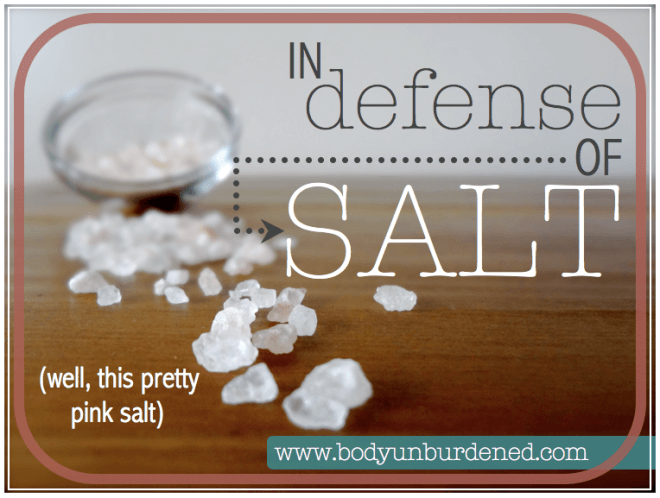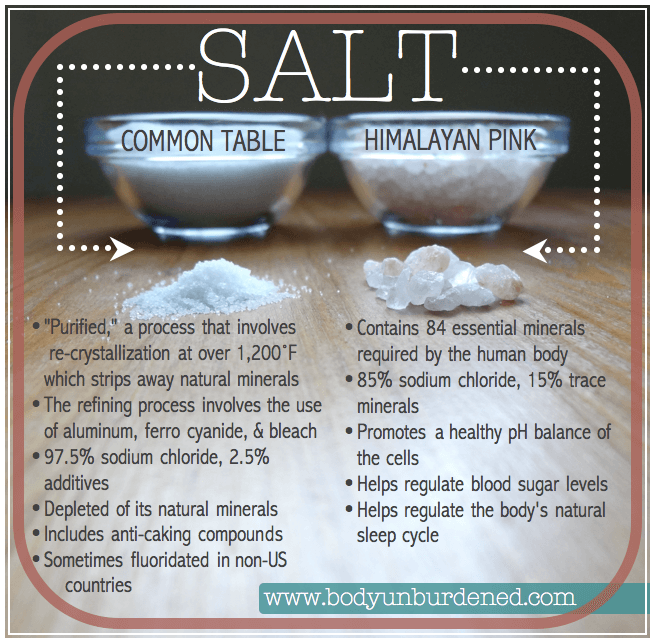- AWAKE: The Life of Yogananda
- How Wolves Change Rivers
- The Gerson Therapy - Curing Cancer Naturally for 60 years
- Jim Carey is a Truly Awakened Soul - Speech at Maharishi U.
- Healing and Travel Protection with Archangel Raphael
- Archangels and Ascended Masters
- Ancient Secret of the Fountain of Youth
- JFK Speech April 27, 1961 - We are opposed by a monolithic, ruthless conspiracy
Great article explaining why we are told to stay away from CONVENTIONAL table salt as it is very bad for our bodies. There are however, other salts that are beneficial to the body as explained in this article...
Peace and enjoy,
Mike
In defense of salt

Salt: what Homer called “a divine substance” and Plato described as “especially dear to the gods.” The English word “salary” is even derived from the Latin word that was used to designate the allowance provided to Roman soldiers for buying salt, which was an extremely valued commodity. Oh, and let’s not forget the whole Gandhi salt march. The man walked 240 miles just to get his hands on this tasty crystal, for goodness’ sake! Yes, yes, it wasn’t so much about the salt as it was to stick it to the man, but regardless, salt has a hefty history. Somewhere along the timeline, though, things took a turn. Salt’s got a pretty bad rap around these parts nowadays. Many if not most doctors, nutrition and health practitioners, and even the government public health officials tell us to stay far far away. There are two reasons for this:
- The average individual consumes a great deal of processed foods, which contain extremely high levels of sodium. 77% of the sodium in the average diet comes from processed and restaurant foods, according to the CDC.
- Today’s common table salt has nothing in common with the real, natural salt the Greeks and Romans used.
The problem with today’s table salt
Table salt such as the kind that is commonly used today is “purified,” a process that involves a re-crystallization at over 1,200 degrees Fahrenheit. As with pasteurization of milk and honey, this heating process depletes salt of its natural minerals and nutrients, altering the chemical structure of the salt. The refining process also involves the use of aluminum, ferro cyanide, and bleach. After this process, anti-caking compounds are added to the salt so that it will easily pour from a salt shaker. In many foreign countries, table salt is also fluoridated. In fact, table salt is 97.5% sodium chloride and 2.5% additives.
The health benefits of himalayan pink salt
Himalayan pink salt, on the other hand, is comprised of 85% sodium chloride and 15% natural minerals. Research has found that these pink salt crystals contain 84 essential minerals required by the human body, including calcium, chloride, iron, magnesium, phosphorus, and potassium.According to Dr. Mercola, the health benefits of unprocessed himalayan pink salt containing the 84 minerals include:
- Regulating the water content of your body
- Promoting a healthy pH balance of the cells, particularly brain cells
- Regulating blood sugar levels
- Absorbing of food particles through your intestinal tract
- Supporting respiratory health
- Promoting sinus health
- Preventing muscle cramps
- Promoting bone strength
- Regulating and the body’s natural sleep cycle
- Promoting vascular health and regulating blood pressure

No comments:
Post a Comment